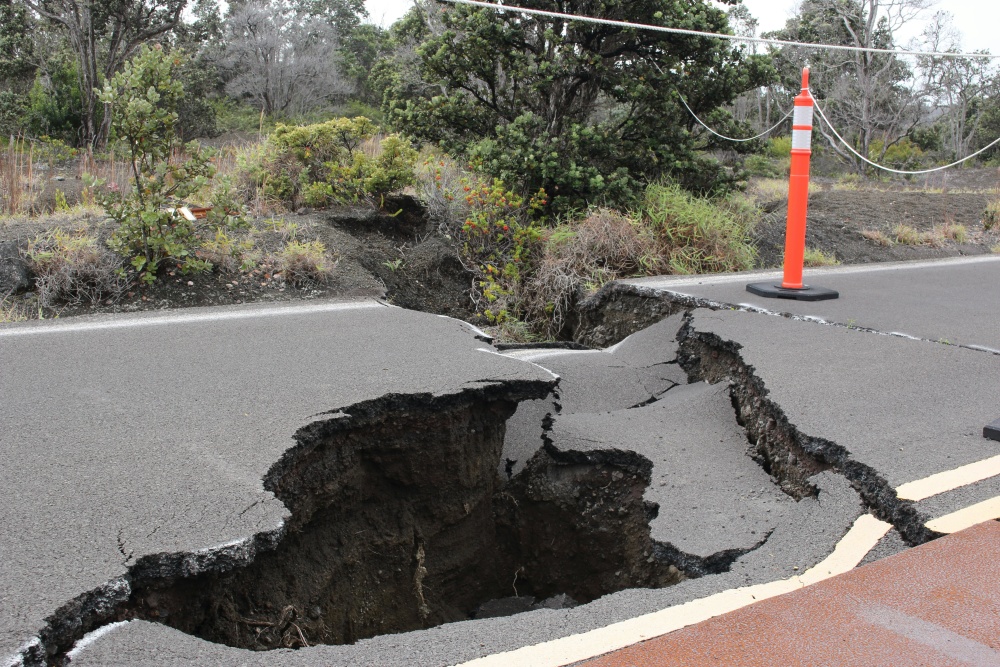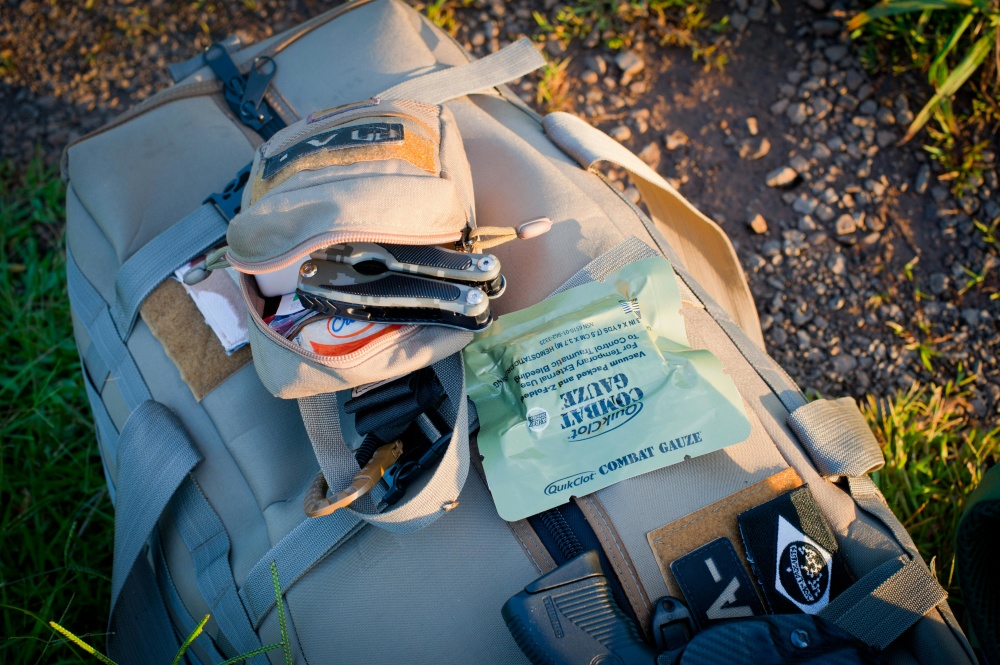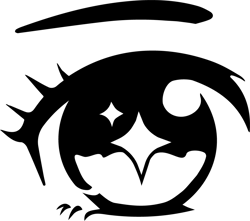Updated July 18, 2024
Japan Emergency Kit Prep: A Survival Guide
If you’re a foreigner who isn’t accustomed to frequent seismic activity, living in Japan might be daunting.
On the one hand, you have arguably one of the greatest cuisines in the world, thousands of years of cultural heritage, good anime, and even better manga.
On the other hand, you have to deal with earthquakes, natural disaster warnings, and the necessary preparations to live safely in Japan.
Japan may indeed be located on the Ring of Fire, but don’t let this completely deter you from living here. It’s one of the most developed countries in this seismic zone and is also a pioneer in earthquake-proofing technologies and earthquake-related engineering.
Even though living in Japan is generally safe, it’s good to mention that the country is still one of the most tectonically active places on Earth, receiving about 10% of the total earthquakes occurring around the world.
Luckily, preparing a Japan emergency earthquake kit is simple. I’ll explain how to put one together and give you some tips for extra safety so you feel as safe here as you do at home.
In this article: 📝
Types of Commonly Occurring Natural Disasters in Japan
To start things off, let’s talk about the natural disasters you’ll need to prepare against if you want to have peace of mind living in Japan.
As you may know, Japan’s geographical location makes it susceptible to a variety of natural events that you may not be accustomed to living elsewhere. These mainly include:
Earthquakes
Tsunami
Landslides
Typhoon
Flooding
The official Disaster Prevention Portal categorizes the natural disasters in Japan under the following types:
Earthquake and tsunami disasters
Wind and flood disasters
Volcanic disasters
Snow disasters
While these lists cover the most common disasters, Japan also experiences other events, such as fires, but the above-mentioned disasters are the ones you should always be prepared for.
Let’s take a closer look at each of these natural disasters.
Earthquakes
As we mentioned, earthquakes are very common in Japan, and this has a lot to do with the country’s location.
Due to an unusual amount of tectonic plates moving through Japan, the country is in a rare spot, receiving a lot more earthquakes than most countries also located on tectonic plates that like to move.
Thanks to this unusually high activity, Japan has an abundance of natural hot springs, which you can learn more about in my onsen etiquette guide, but this comes with a price.
Earthquakes can affect daily life by causing power and gas outages and can cause damage on a larger scale in the form of wreckage, fires, and injury.
Thankfully, Japan has been developing cutting-edge seismic technologies for the longest time, so you generally don’t have to worry about buildings collapsing with minor earthquakes.
That said, even “regular” earthquakes sometimes trigger other disasters, such as tsunamis, which can pose a great threat, especially if you’re not prepared.

Tsunamis
Japan is surrounded by the ocean, and because it’s in an area with lots of earthquakes, both the eastern and western coasts of the country are susceptible to tsunamis.
Unfortunately, tsunamis are usually hard to predict in advance due to many occurrences factoring in. In fact, a second or third wave can often catch people by surprise.
This means that big earthquakes or detectable volcanic activity under the ocean usually require coastal areas to be cleared and evacuated just in case. So, evacuation drills are a part of normal life in many coastal areas that are under threat of potential tsunami damage.
Typhoons
In case you didn’t know, a typhoon is a tropical cyclone that starts at sea and can reach very high speeds, causing damage and collapses.
Typhoons are also common occurrences in Japan, so it’s important to be informed of the dangers and how to minimize the damage.
Heavy rain created by typhoon storms can also cause landslides and flooding, so it’s important to find out if your area is susceptible to any of these hazards.
Also, keeping an open ear to disaster warnings is just as important. The warnings usually come in levels, and learning the difference between them is vital.
If there’s an advisory warning, there’s not much to worry about other than being mindful of the weather when you’re going out. However, a weather warning, or worse, an emergency warning, means that you may have to take extreme measures to reach safety and should be on alert.
Landslides
As we discussed in my snowboard/skiing guide, Japan is blessed with great mountain views and beautifully diverse geographical landscapes, but this comes with a price. Landslides, which occur when a mass of soil and rocks slides down a sloped incline, can wreck or cause significant damage to properties located on or around it.
Landslide disasters can come in many forms. For instance, debris flow is a dangerous type of landslide triggered by the rainwater rapidly moving dirt and sand, causing collapses.
Those who live near cliffs or in generally mountainous regions of Japan should be informed about sediment disasters. Signs to watch for include:
Nearby rivers and spring waters drying up, accompanied by large amounts of rain in the area
Trees leaning and smelling of soil
The earth beginning to crack
Recognizing these signs can help in evacuating the area and preventing potential disasters. That said, being prepared is just as important, and our tips below should prepare you for all possible disasters that frequently occur in Japan.
Japan Survival Kits, Explained

As I mentioned, one of the best things you can do to have peace of mind regarding the natural disasters you may face in Japan is to have an emergency kit or an emergency bag prepared.
An emergency bag includes all of the essentials you may need during an emergency, including communication tools like a radio and protective gear like helmets.
While there’s no one true way to prepare an emergency kit, there are common essentials you’ll find in most emergency kits, which will help you decide what you need.
There are many pre-made emergency kits and bags sold online and offline, but if you want to make your own, follow our tips below.
Going with one of the pre-made kits available works just as well. They’re available at Don Quijote, Muji stores, or any home improvement store and cost about 6-10,000 JPY. Still, you may want to customize some things here and there, and you can never truly trust the quality of all the items pre-packaged in a bag.
So, let’s check out how you can prepare your own kit using our emergency kit checklist below.
Emergency Kit Checklist: Preparing A Japan Earthquake Emergency Kit Yourself
Before we begin with the recommended items, you need to know that in order to be fully prepared, it’s recommended to have not one but three different emergency kits, each serving a different purpose:
Personal Bag: Keep this with you at all times (e.g., in the trunk of your car)
Workplace Bag: Store this at your workplace
Home Bag: Keep this at home in a safe, easily reachable place
In addition to this, some items may not be essential for survival, but are hard to replace and can make things easier for you if you have them after a disaster strikes.
These are important documents like driver’s licenses, pension records, bankbooks, stock certificates, medical records, passports, health insurance documents, and personal seals, but you can also add any other document that may be useful to you as well as family photos.
Keep them somewhere on the emergency exit route in your house, or better yet, make copies and place them in your emergency bag as well.
Checklist for Emergency Survival Bag
According to the official pamphlet released by the Tokyo government, the must-have items for your emergency bag include:
Flashlight
Portable radio
Helmet
Protective hood
Work gloves
Blanket
Batteries
Lighter
Candles
Water
Food
Instant food such as instant noodles
Can opener
Knife
Clothing
Baby bottle
Cash
First-aid kit
Bankbook
Personal seal (inkan)
It’s recommended to keep your emergency bag in an easy-to-reach place, preferably near the door that opens to the outside. You may also keep it in your bedroom or have a separate one, as you can never be too prepared.
Checklist For Emergency Bags to Be Carried Around
As I mentioned, if you have a car, we also recommend keeping an emergency bag in your trunk at all times, which you’ll have access to if you’re ever left without a home.
Here are the items recommended to keep in your emergency kit:
Portable radio
Light
Mobile phone powerbanks
Whistle
Map
Light
Toothbrush
Coins
Water bottle,
Battery
Emergency set that includes a blanket
Portable toilets
Be sure to remove the batteries from the portable radio to avoid corrosion, and then you can place your bag securely in the corner of your trunk.
Emergency Kit Checklist Japan: Emergency Bag To Keep At The Workplace
If you regularly go to a physical office to work, it's important to be prepared for emergencies that might require you to stay overnight at your workplace. So, leaving a separate emergency bag at work is highly recommended.
Even if your workplace may have emergency kits or supplies, you still want to cover your bases for when the unexpected happens. So, here are the items recommended to keep in your work emergency bag:
Helmet
Emergency food
Flashlight
Comfortable shoes
Water bottle
Raincoat,
First-aid kit
Portable emergency toilet
Raincoat
Work gloves
Sleeping bag
Disaster Preparedness in Japan: Other Ways You Can Prepare
Without a doubt, preparing an emergency bag is the first thing you should do in terms of disaster preparedness, but there are other measures you can take.
In fact, these are just as important as keeping an emergency survival bag, so let’s have a look.
Keeping Non-Perishable Food Items At Home
According to the informative pamphlet released by the Tokyo Metropolitan Government, stockpiling goods is one of the four pillars of disaster preparation.
We already talked about emergency bags, which is also a part of this step, but what else can you keep at home to feel safe?
The old way of stockpiling involves keeping items you normally don’t use, like canned beans, ship’s biscuits, and freeze-dried food. So, instead, we recommend a daily stockpile concept where you regularly buy a little bit more of what you usually buy at the grocery store.
This way, when an emergency hits, you’ll have an excess amount of the items you regularly use and need and won’t have to drastically change your diet or routine at an already stressful time.
Of course, we also have a “recommended” list you can use to create your own “emergency pantry” accordingly. Here are some of the basic food items to keep at home:
Staple foods like quick rice and noodles
Canned fruit and food
Frozen fruit and food
Vegetable juice
Nutritional supplements
Snacks such as chocolate
Seasonings such as soy sauce, salt, pepper, etc.
Foods that can be eaten cold such as cheese, fish paste, etc.
In addition to these, here are other items that disaster survivors have found useful:
Portable gas cooking stove
OTC medications like ibuprofen and paracetamol
Emergency portable toilet
Batteries
Rechargeable radio
Plastic wrap
Plastic bags
Sleeping bags
Face masks
Dry shampoo
Pocket warmers

Earthquake-Proofing Furniture
Another step of disaster preparedness and preparation is earthquake-proofing your home.
This doesn’t just involve stabilizing your furniture but also keeping it to a minimum, ensuring escape routes are clear, and decorating your home to prevent secondary disasters like fires in the event of an earthquake.
This means responsibly placing lights and heat sources in a contained, controlled area such as the kitchen. You also need anti-slip furniture pads to secure table and chair legs and large furniture such as wardrobes to the walls.
Here’s a checklist of essentials so that you don’t at least miss anything crucial:
Preventing the sliding of TV Units, beds, wardrobes, and drawers using furniture stabilizers, L-brackets, anti-slip pads, or by securing them to the wall
Applying anti-shatter film to windows
Joining upper and lower units of stackable boxes with connectors
Placing refrigerators and cupboards in a way that won’t obstruct the emergency exit routes
Installing safe latches on cabinet doors and drawers
Be Notified of Earthquakes: Apps and Other Resources
As we conclude our guide, I’d like to leave you with some useful resources and mobile apps so you can be notified of earthquakes and learn more for more extensive preparation.
For one, downloading the Nerv app is the easiest thing you can do. This is a popular disaster prevention app that delivers accurate and fast information about natural disasters in Japan.
Additionally, the government’s Disaster Prevention Portal has nearly all the information about all types of natural disasters in Japan and potential evacuation centers in your local area. The Fire and Disaster Management Agency’s website also has useful information about the basics of disaster readiness that you can check out.
While it was intended for the residents of Okinawa, this guidebook is also a great resource for disaster prevention and is in English.
The American embassy in Japan also has a dedicated page for disaster prevention and preparedness, and even includes a “go bag checklist.”
Lastly, in case your phone doesn’t work, you may need this map of public phone booths, too.
While this is it on natural disasters, if you want to learn more about Japan’s nature, check out my post on weather in Japan.
Get Job Alerts
Sign up for our newsletter to get hand-picked tech jobs in Japan – straight to your inbox.









